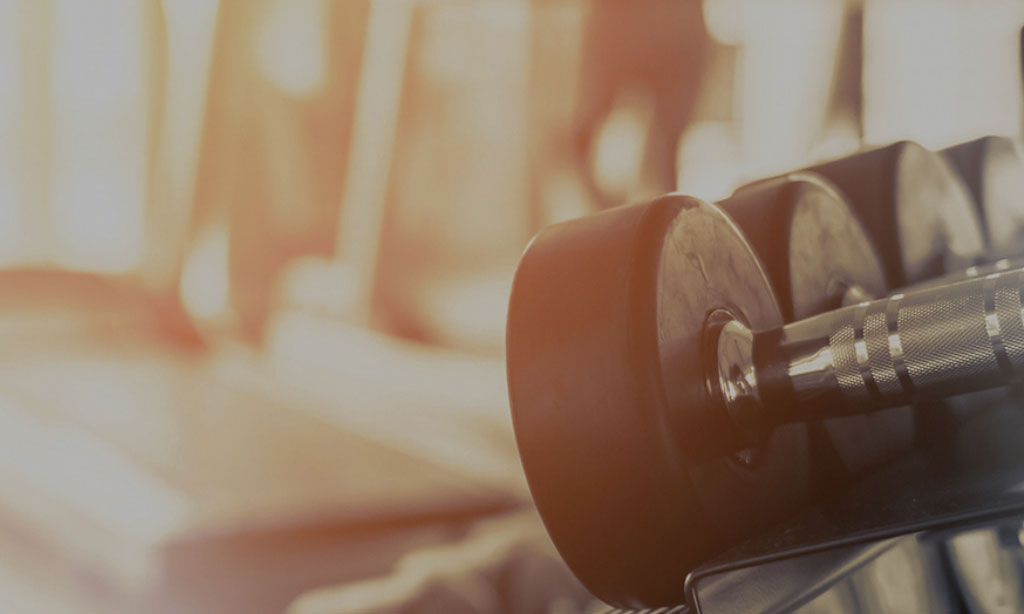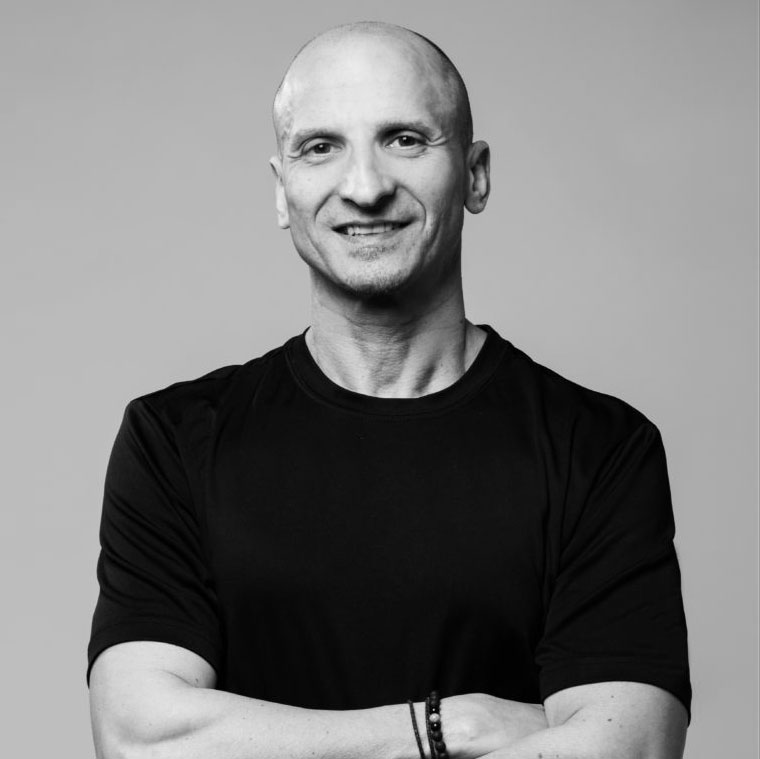BY COACH KENNEDY
This month I’m going to jump straight into it, but just before I do let me just remind you of a few things: texting, social media scrolling, computer work, sitting or standing for long periods of time, driving, and the list goes on, are all positions that contribute to that hunched over, forward head position, shoulders rolled in, traps elevated type of posture. That Kyphotic spine. Functional Kyphosis.
This month it’s a two-part movement: Child’s pose with single arm alternating reach AND quadruped position with alternating under-over-reach. Both are excellent movements to help initiate movement in key areas. Our focus here is thoracic, but also benefits the hip and ankle complex. Other benefits include full body integration, spatial awareness, and nervous system preparation.
What exactly is our Thoracic spine? The thoracic spine is located in your mid-back/mid-spine and consists of 12 thoracic vertebrae. The spine consists of seven cervical, 12 thoracic, five lumbar, five sacral, and finally your coccyx. That vertebra on the back of your neck, look down and feel it, that’s cervical number seven. Next one down is then T1 (thoracic 1), and so on down the line.
What’s it’s function? The thoracic spine can flex, laterally flex, and extend as well as rotate in both directions. For purposes of this article let’s look at lack of flexion and rotation. From a neutral position, we have about 35 degrees of flexion, 25 degrees of extension, and about 36 degrees of rotation based on the fact we get about three degrees of rotation from each vertebra. As a side note, our lower lumbar spine gets about two degrees of rotation, so we could rotate up to about 45 degrees in total. Think about looking over your shoulder, your blind spot when driving.
What can happen when it’s not functioning properly? The obvious is injury, eventually, somewhere along the kinetic chain, the weakest link. Slower recovery, reduced performance, inefficient movement/wasting energy, and of course it will also impact how quickly one can achieve their goals, regardless of what they may be. And finally, also consider it’s affects on walking and running. The thoracic spine needs to rotate in order to help absorb forces as well as express them. If it’s not performing optimally it impacts the entire human system.
How does it affect our movement, breathing, and recovery? Due to the limited range of motion, we loose the ability to perform every day functions optimally; walking, turning, shifting, bending over etc. It’s important to work towards achieving optimal range of motion and that sliding affect of tissue.
As for breathing; kyphosis creates a compression in the diaphragm by restricting its ability to operate optimally. This creates a “mouth” breathing affect because you’re unable to take in enough oxygen through your nose – also known as “chest” breathers. You see a rise in the chest area as opposed to the mid section, diaphragm. This puts our nervous system into flight or fight, and in this state we DO NOT recover. Why? Your body’s main purpose here is safety, it thinks it’s in fear and needs to fight or flee.
In closing, I’ll leave you with this; it’s not about the movement; it’s about what that movement accomplishes that matters most. In other words, it does not have to be fancy, it has to serve a purpose, not be performed for circus.
In closing, I’ll leave you with this; it’s not about the movement; it’s about what that movement accomplishes that matters most. In other words, it does not have to be fancy, it has to serve a purpose, not be performed for circus.
EXERCISE EXECUTION:
Watch the videos provided. As a note, please remember that intention does change the outcome. Like all movement and exercise we should ALWAYS be in the moment, in the NOW. Just going through the motions, unfortunately, just isn’t enough.
EXERCISE PROTOCOL:
Each movement is performed for 30 seconds per side (if performed individually), or for 60 seconds when performed as alternating movements.
ALWAYS regress and progress as required. Not sure how? Connect with me at: quantumhealthcoach@coachkennedyonline.ca.



